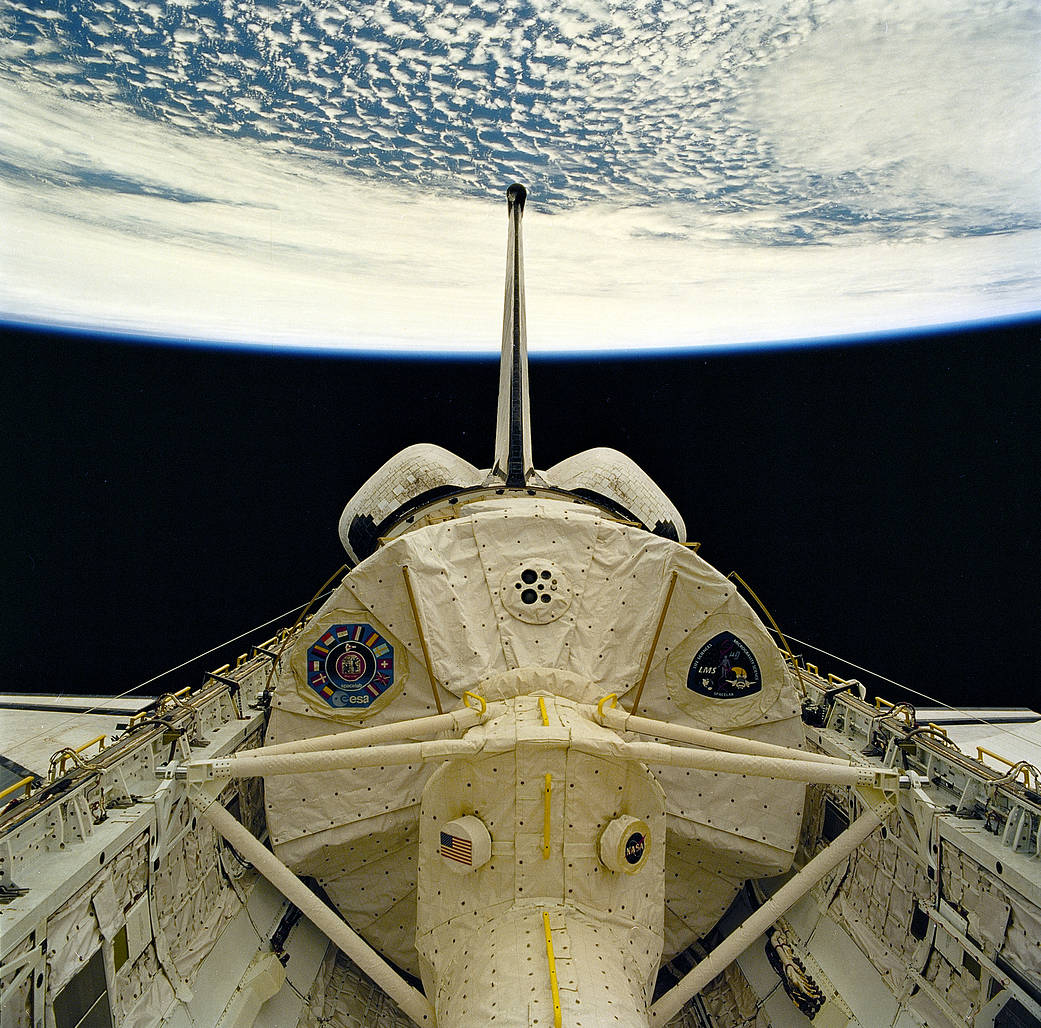This week in 1996, STS-78 and its primary payload, the Life and Microgravity Spacelab, launched. During the 17-day spaceflight, the crew conducted a diverse slate of experiments divided into a mix of life science and microgravity investigations. Five space agencies — NASA, European Space Agency, French Space Agency, Canadian Space Agency and Italian Space Agency — along with research scientists from 10 countries worked together on the design, development and construction of the laboratory. LMS investigations, managed by NASA’s Marshall Space Flight Center, conducted the most extensive telescience to date, similar to investigations on the International Space Station. Today, Marshall is home to the Payload Operations and Integration Center — the command center for all science operations on the ISS, ensuring successful science operations to benefit people on Earth and to pave the way for deep space exploration. Flight controllers are on the clock 24 hours a day, 365 days a year to help astronauts in orbit and scientists on the ground.
The NASA History Program is responsible for generating, disseminating and preserving NASA’s remarkable history and providing a comprehensive understanding of the institutional, cultural, social, political, economic, technological and scientific aspects of NASA’s activities in aeronautics and space. For more pictures like this and to connect to NASA’s history, visit the History Program’s webpage.
Image Credit: NASA




























